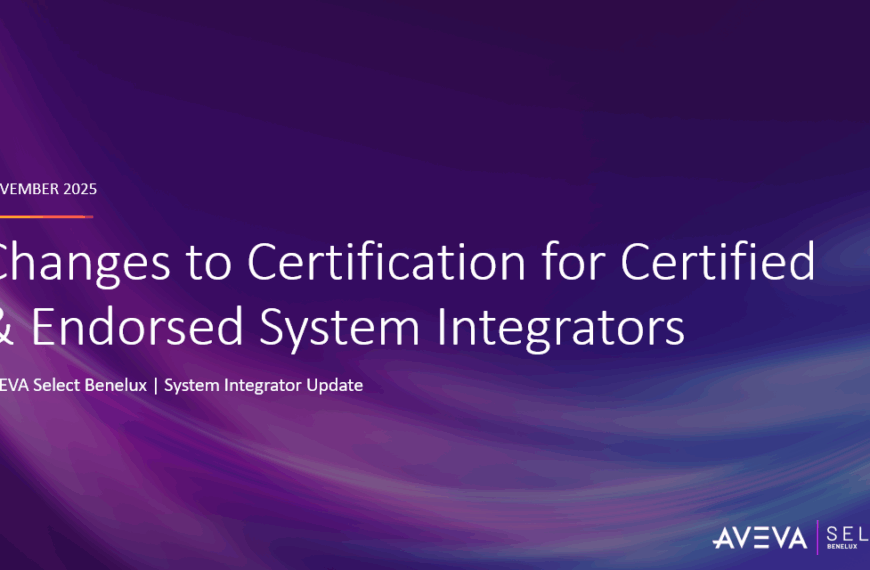
Change is a critical part of growth for any successful business. According to a recent paper titled “Industrial Automation Market” the industrial automation market is set to have its greatest growth from 2020 to 2027, to reach over $300 billion. With such expansion in the market due to the adoption of new technology and connected workforces, change is both a positive indicator of a healthy business, and a challenge to be managed so that companies can take full advantage of emerging trends and technologies in operations.
In short, it’s important to make sure your business is properly equipped to manage change, particularly in monitoring and control, which has traditionally relied on long application and equipment lifecycles. Are your teams agile enough to implement new technologies? Are you prepared to embrace changes to your system architectures and operations software? Is your technology up to date enough to attract and retain a digital native workforce? How can you manage the change required to grow, now that application lifecycles are shorter and the pace of emerging trends is quicker?
Is it also worth tossing in a note about how industry is struggling to attract younger workers due to the perceived “old technology” they use? Where helping to shift towards digital will also have the benefit of being more appealing to the digital native generation.
The First Step is Fully Embracing Digital Automation
Analog processes are especially resistant to change because they often rely on institutional knowledge to work effectively. When experienced team members retire, much of the knowledge of processes can leave with them. Teams must be relied upon to handle handwritten documents and records, and properly report problems up the chain.
The critical first step to building a change-ready organization is to ensure that your operations are as automated as possible, with effective systems in place to ensure that records, recipes, operator access, and data are all being handled digitally. Processes should be captured full and made easy to understand and repeatable, and each system should be fully integrated to give you a full view of operations. Once your organization is farther along the digital automation maturity curve, you can begin to take advantage of future-proofing technologies such as the cloud, AI, and Machine Learning.
Keeping Software Up to Date and In Support
Many businesses struggle with keeping operations control software updated, as the traditional model of perpetual licenses can create incentives to run software past its active support dates in order to avoid upgrade projects and expenditures. This reduces capability for change, as it can lock you into arbitrary software update schedules enforced by budgets or available integration teams.
The easiest way to ensure that software is always up to date and in support is to opt for a licensing model like AVEVA Operations Control, which allows you to use FLEX credits to purchase your operations control software. This subscription model ensures that you always have access to the most recent version of your operations software, you always have support, and you maintain access to the latest features and tools. This allows you to easily become an early adopter of the technology you’ll need to remain ahead of your competition, without the risk of buying more than you need for the current size of your business.
How Easily Can You Support Your Growth?
How easy is it for you to add a new user to your team of operators? Can you set up as many thin clients as you’ll need? How readily can you add equipment to your system? If you need to gather more data from sources at the edge, or enable the C-suite to see a holistic view of operations, does your software support adding the tags required?One way to take the guesswork from your system is with a solution like AVEVA Operations Control. While traditional automation software typically requires you to add more I/O or thin client licenses as you grow, AVEVA Operations Control offers you unlimited counts from day one. With no unplanned expenses to add datasets or operators, it’s much easier to adapt to changing needs when you have the assurance that your operations software can always keep up with your growth.
Related languages


